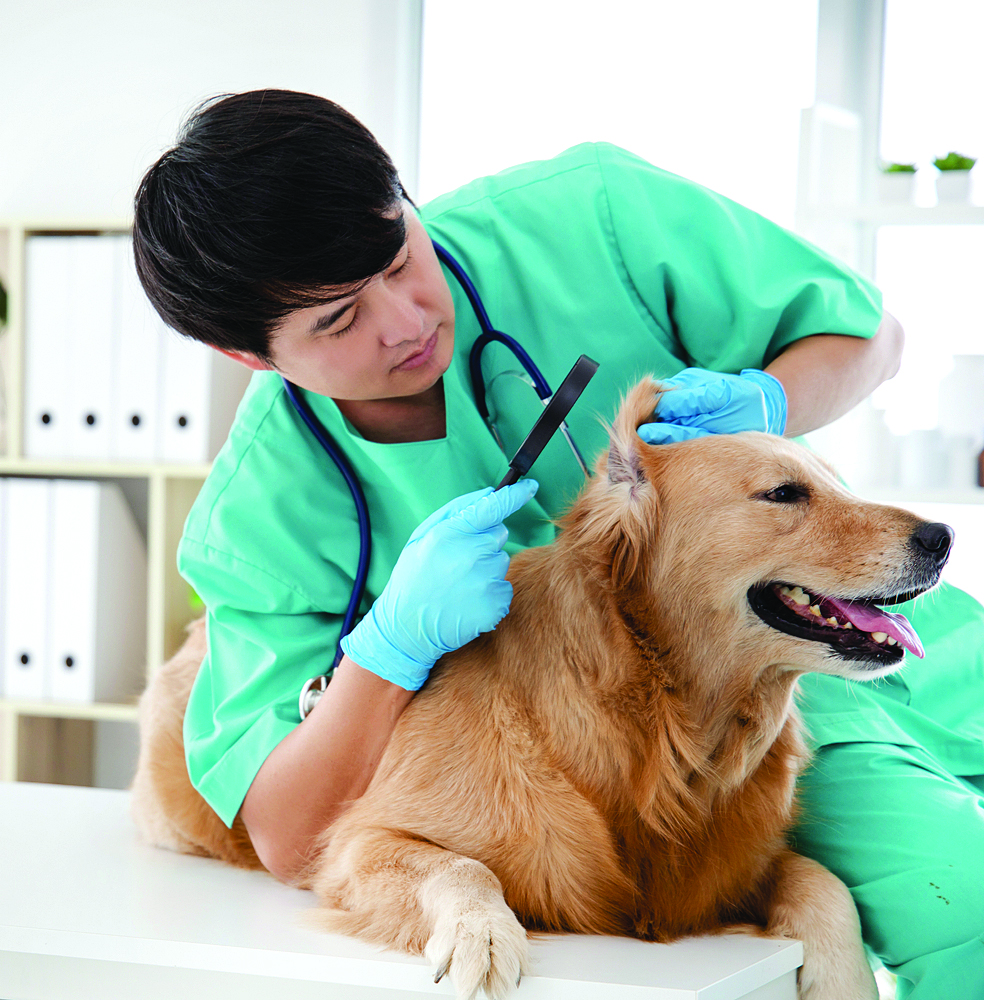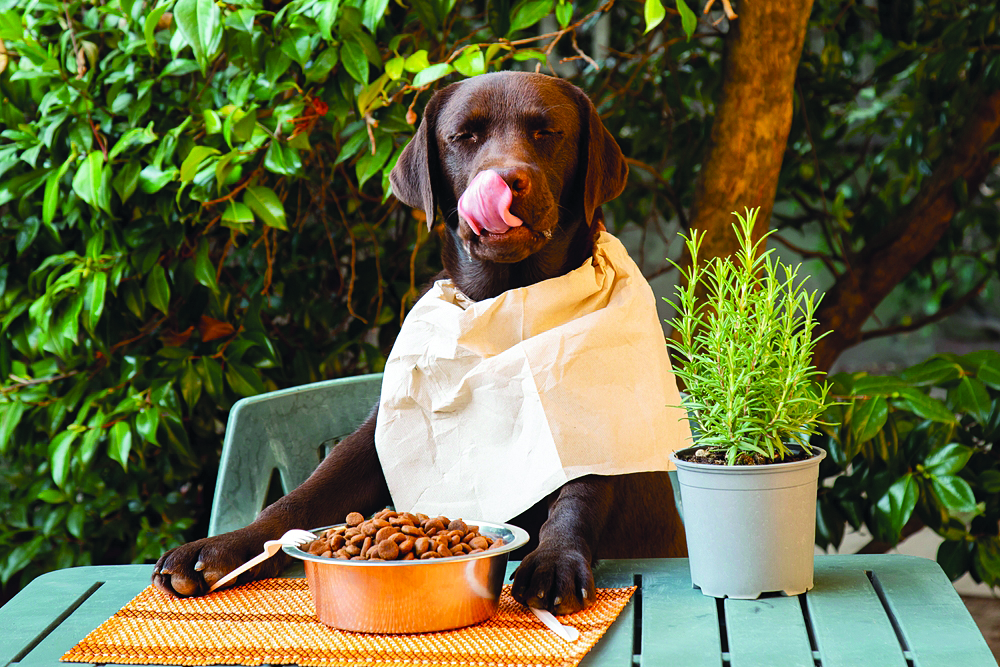
Here’s what might be happening— and what you can do
Malnutrition is often mistaken for always having one appearance: thin and starving. In the Philippines, we think that fat animals are healthy, but that’s not always the case.
WHAT LEADS TO MALNUTRITION
Several factors can influence an animal’s nutrition status: breed, age and date of birth, sex and their reproductive status (whether they’re intact or desexed). Usually, neglecting an animal’s unique needs can lead to malnutrition. Other causes include diseases.
DETECTING MALNUTRITION EARLY
A careful diagnosis can spell the difference between success or failure in treatment. If any manifestations of malnutrition, wasting, protein-losing pathologies, cancer, resurgence of infection, or a combination of all these would be missed somehow during diagnosis, it could result in an adverse outcome later on.
SHAPING AN ANIMAL’S HEALTH
While animals — just like humans — are bound to have different body types and still be healthy, there are human guardians who want their animals to look a certain way for the sake of appearances.
I once had a canine patient who had a huge belly, and the Dog’s human insisted that they wanted him to remain chunky. There was no consideration for whether or not this was the Dog’s natural form.

WHAT AN ANIMAL GUARDIAN CAN DO
To guard against malnutrition and its hidden causes, here are a few things that you can do.
MONITOR ANY UNINTENDED CHANGES
Any unintended reduction of weight and loss of appetite are red flags. Both can be caused by anemia, cancer, viral or bacterial infections, and heart disease.

HAVE REGULAR CHECK-UPS
Bring your animal companion to the veterinarian and give your vet all the information that might help, such as exposure to either household or industrial toxins, previous treatments, or other visible signs of sickness like sudden unintended weight loss, shrinking of the muscles near the head area, bleeding, yellow skin (or eyes or gums), and any lumps.

FOLLOW UP REGULARLY
An initial check-up is great, but follow-ups also contribute to overall health. Scheduled re-appointments must not be missed to allow the vet to assess the effectiveness of the treatment. Not being able to comply to the prescribed treatment, especially with regard to dose, frequency, and duration, might worsen the situation. The animal might not recover from their illness completely, if at all.

THINK OF ADOPTION AS A COMMITMENT
Stick with an animal whose needs you can cater to. If your lifestyle doesn’t allow you to walk a Dog frequently, perhaps a Cat is a more suitable companion. Your veterinarian can suggest a specific animal depending on what kind of care you can give, and they can give advice regarding the required cost and living space to keep an animal healthy and happy. These should be part of what you should consider before caring for an animal. If you are having a hard time caring for just one animal, getting another one might not be a good idea.

KEEPING YOUR ANIMAL COMPANION HEALTHY
Taking care of an animal companion comes with a lot of responsibility. Not being able to provide them the right food and living conditions might lead to malnutrition. Animals in our family deserve — not in any particular order — health care, a comfortable home, attention and love, and of course, enough yummy food to keep them satisfied while their nutrition needs are met, too.
Of course, if it were an animal companion making the above list, the yummy food would probably be a top priority.

Dr. Emmanuel D. Macapagal is the 2000-2001 president of the Philippine Animal Hospital Association, Inc.






